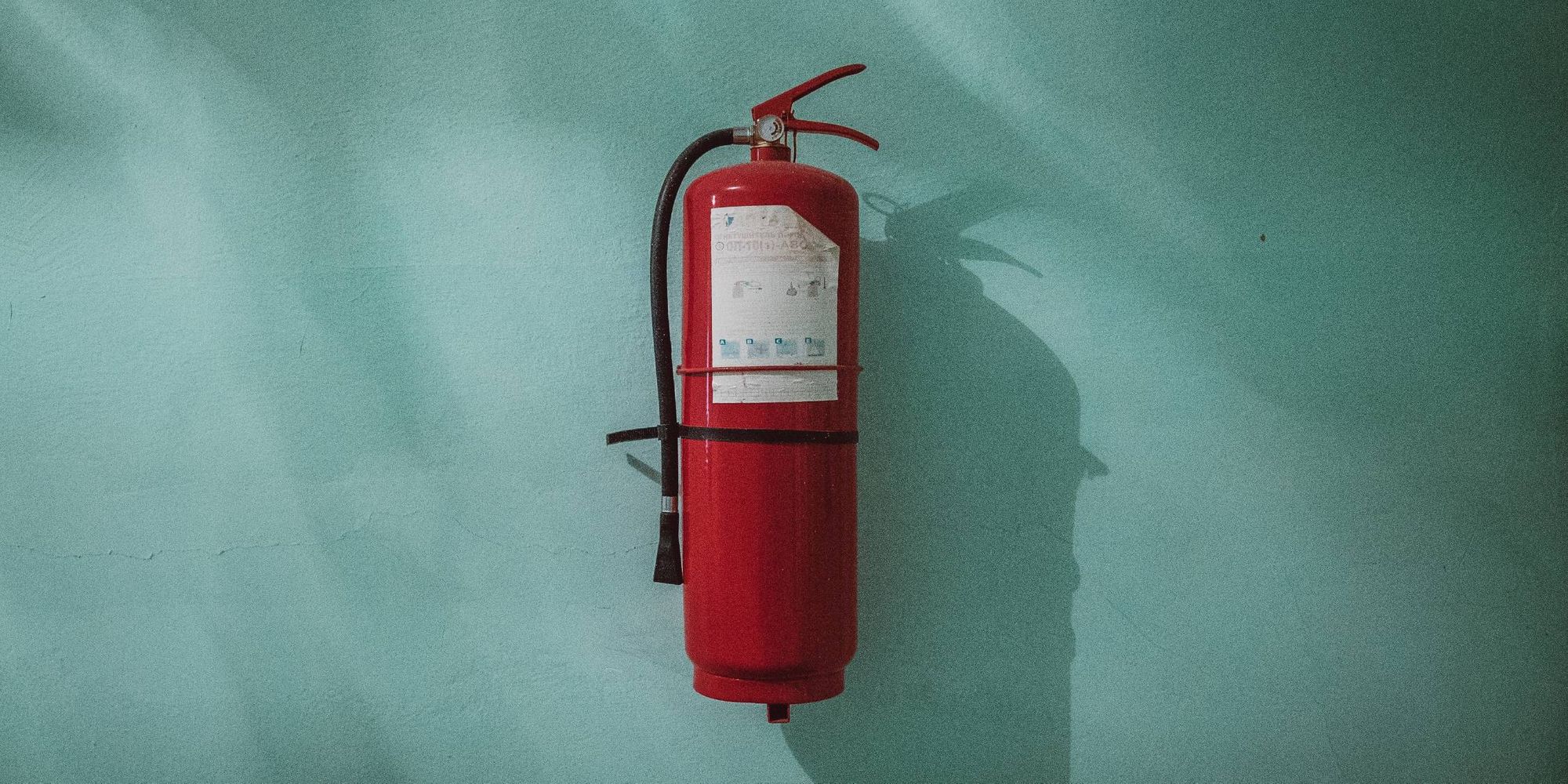A beginner’s guide to creating an emergency preparedness plan

With natural disasters of all variations occurring at a more frequent rate, it's a wise decision to take the time before one hits to create an emergency preparedness plan for your community. An emergency preparedness plan (EPP for short) is composed of a few different elements that create a collaborative and coordinated approach to responding to emergencies in your community.
In this blog post, we'll be going over those elements and providing tips for how you can use your community website to help organize and carry out your plan. We hope after reading this, you'll feel inspired and prepared to take action on creating your community's own EPP, or if you already have one, revisiting it to see if there are any areas for improvement.
Determine potential disasters
Before creating your EPP, you’ll first want to determine which disasters you'll likely need to prepare for. To do this, familiarize yourself with the natural disaster risks in your region (e.g. hurricanes, tornadoes, tsunamis), as well as emergencies that could happen anywhere (i.e. wildfires or floods). Once you've determined which disasters you'll need to create plans for, you can start to map out your community's unique EPP based on the elements included below.
Communication plan
The first element in creating an EPP is coming up with a communication plan for alerting members to potential disasters, and for communicating with them during one. Below, we've listed some features you can utilize on your website to relay this information to your members during those times.
Alert members
To alert members to a potential disaster, we recommend using the text messaging feature in the "Communications" section. Since most people have mobile devices on them a majority of the time, this is a great feature for sending out urgent and short alerts to your community.
Another option is to add a "Resident Alerts" page on your website. With this page type, members with access to the page will be able to log in and send out a blast email to the other members in the community. This way, if your members know of any warnings or developments about an approaching natural disaster, they will have a way to alert the other members in the community as well.
Follow up with members
It’s important to communicate with your members not only before an emergency but also while it’s occurring and afterward. To do this, we recommend creating a “Forum” page that is solely dedicated for emergency purposes. With this page, members will have a centrally located place to converse with one another. They can post informative topics like evacuation routes, road closures, developments in a storm, supplies they need, even locating lost family members and pets. We’ve provided an example below of what this page could look like:
After a natural disaster, it’s also important to know if your members are safe. The directory on your website can be a helpful way to know all of the members within the community that will need to be accounted for and contacted. To contact these members, you can put together a committee of members that will be in charge of reaching out. You could also create a phone tree where each member on the directory is in charge of contacting the member that is listed below them.
Establishing a plan for how you'll communicate with your community prior to an emergency will help to ensure important information is being shared and will help to alleviate some of the stress and confusion that could result from not having one.
Emergency kit
During and after a natural disaster, you may not have access to leaving your home for days or even weeks. Therefore, it's important to be prepared with an emergency kit that contains some staple items needed for survival. This includes the necessities that family members like babies, children, senior citizens, pets, or those with special or medical needs, will need to have on hand as well.
These emergency kits can be customized to fit your family's unique needs, but to help you kickstart your kit, we've listed some basic items below:
- Water (one gallon of water per person per day for at least three days, for drinking and sanitation.)
- Food (at least a three-day supply of non-perishable food)
- Manual can opener
- Flashlight
- First aid kit
- Whistle to signal for help
- Battery-powered radio
- Moist towelettes, garbage bags and plastic ties for personal sanitation
- Dust mask to filter contaminated air
- Plastic sheeting and duct tape to keep your shelter-in-place
- Wrench or pliers to turn off utilities
- Battery-powered phone charger for cell phones
- Extra batteries
- Local maps
If as a community you'd like to help your members start an emergency kit, you could hold a fundraiser to help with buying the basic necessities. From there, you can host an event for members to come out and help put together these kits for the different homes in your community. This way, you're not only helping your members but are also increasing community engagement at the same time!
Evacuation plan
The third element to the EPP is preparing both a community and household evacuation procedure. This way, in the event of an emergency that calls for evacuation, you'll have a plan in place to help this run as smoothly as possible.
To create a household evacuation procedure, we recommend gathering the members of your household and evaluating each exit of the home. Decide which exits are the safest and fastest way to evacuate the residence, and establish a meeting place in the event you're split up.
For a community evacuation procedure, you'll want to take note of the exit points in your community, as well as nearby streets and major roadways. You can then familiarize yourself with the evacuation plans of the city and which routes they recommend taking. Once you know how to leave the community, it’s also helpful to know where your members can go. We recommend checking your city for local evacuation centers and shelters.
Although situations may arise where the evacuation plan needs to be tweaked, having a base plan in place can help with eliminating some of the panic and potential chaos that can come with evacuating during an emergency.
Manage your EPP
To help establish and implement your community's EPP, we recommend creating an Emergency Preparedness Committee. This group of members can help to manage different areas of the EPP, make updates to it when necessary, and coordinate communication and fundraising efforts.
To ensure your community's plan is up-to-date, you can host biannual meetings to revisit the EPP to see where it needs improvement. One meeting can be held around April prior to tornado and hurricane season, and the second around October prior to the winter storm season. This way, you’re prepared before the seasonal storms hit.
When planning these meetings, we recommend using the "Calendar" page on your website. You'll be able to schedule the events ahead of time, provide any important notes about the meeting, and even send out a blast email to members letting them know when the meeting will take place. We've provided an example of this below.
Taking the time to establish a group to help carry out your community’s emergency preparedness plan, and any pre-planning that needs to take place will help ensure it remains effective and runs as smoothly as possible.
Wrapping Up
Having an emergency preparedness plan in place that lays out how your community will communicate with its members, making sure emergency kits are prepared, and an evacuation plan is ready can make all of the difference before, during, and after an emergency. We encourage you to take these tips and create an emergency preparedness plan that fits your community's needs, so you're well prepared in the event you need to put them into action.

